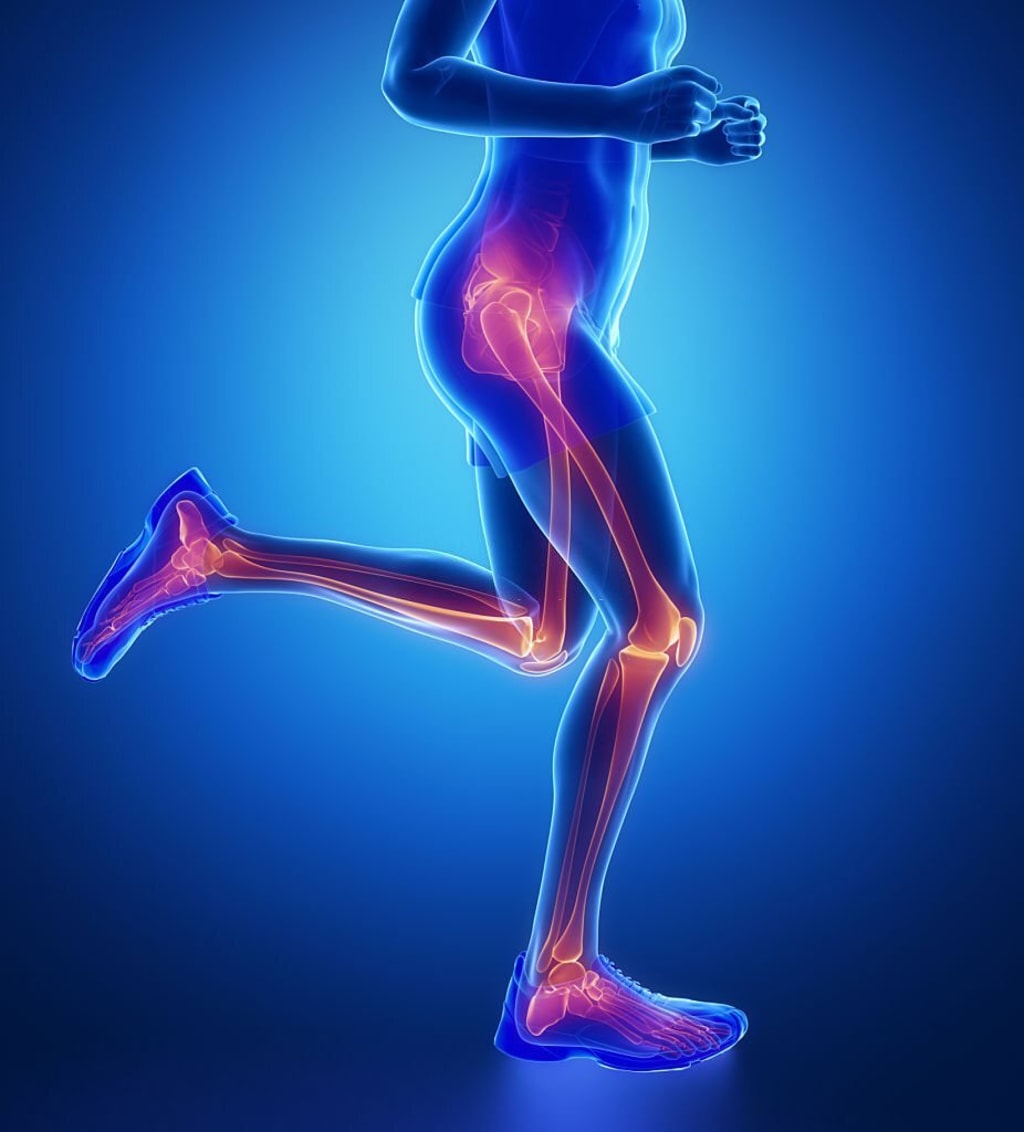The Role of Exercise in Managing Chronic Pain
Strategies and Workouts

Introduction
Chronic pain is a debilitating condition that affects millions of people worldwide. It can disrupt daily activities, decrease quality of life, and limit one's ability to participate in physical and social activities. While medication and other treatments can provide temporary relief, exercise has emerged as a powerful tool in managing chronic pain. In this article, we will explore the role of exercise in alleviating chronic pain, discuss effective strategies, and provide inspiring workout examples to help individuals regain control of their lives.
Understanding Chronic Pain
Chronic pain is defined as persistent pain that lasts for more than three months. It can stem from various conditions such as arthritis, fibromyalgia, back pain, or nerve damage. Unlike acute pain, chronic pain often lacks an obvious cause or may be linked to an underlying condition that cannot be completely cured. In such cases, managing pain becomes crucial to improving overall well-being.
The Benefits of Exercise for Chronic Pain Management
Engaging in regular exercise can have a multitude of benefits for individuals suffering from chronic pain. Here are some key advantages:
Increased Endorphin Release: Exercise stimulates the release of endorphins, our body's natural painkillers, which can help reduce pain perception and improve mood.
Strengthened Muscles and Joints: Specific exercises can target and strengthen the muscles and joints surrounding the affected areas, providing better support and reducing strain on painful joints.
Enhanced Flexibility and Range of Motion: Stretching and low-impact exercises improve flexibility, leading to increased range of motion, decreased stiffness, and reduced pain.
Improved Circulation: Physical activity promotes better blood flow, delivering essential nutrients and oxygen to the muscles and tissues, which aids in healing and reducing pain.
Weight Management: Exercise helps maintain a healthy weight, reducing stress on joints and decreasing the likelihood of developing conditions that may exacerbate chronic pain.
Effective Strategies for Exercising with Chronic Pain
Starting an exercise routine when living with chronic pain may seem daunting, but with the right approach, it can be both manageable and rewarding. Here are some strategies to consider:
Consult with Healthcare Professionals: Before beginning any exercise program, consult your healthcare provider or a physical therapist who can provide guidance tailored to your specific condition and limitations.
Start Slow and Gradually Increase Intensity: Begin with low-impact exercises such as walking, swimming, or cycling. Gradually increase the intensity and duration of your workouts over time to avoid overexertion and minimize the risk of injury.
Incorporate Variety into Your Routine: Engaging in a variety of exercises helps prevent boredom and allows you to target different muscle groups while minimizing strain on specific areas. Consider a combination of cardiovascular exercises, strength training, and flexibility exercises.
Listen to Your Body: Pay attention to your body's signals. If an exercise exacerbates your pain, modify or discontinue it. Be mindful of your limits and gradually challenge yourself within a safe range.
Practice Relaxation Techniques: Complement your exercise routine with relaxation techniques such as deep breathing, meditation, or yoga. These can help reduce stress and promote relaxation, which in turn can alleviate chronic pain.
Inspiring Workout Examples
Here are a few workout examples that can be adapted to suit individual needs and pain levels:
Water Aerobics: Exercising in water provides buoyancy, reducing the impact on joints while providing resistance for muscle strengthening. Consider joining a water aerobics class or performing exercises in a pool.
Pilates or Yoga: These low-impact exercises focus on core strength, flexibility, and posture. Many modifications and props are available to accommodate different fitness levels and pain conditions.
Walking or Nordic Walking: Walking is a simple yet effective exercise that can be tailored to any fitness level. Nordic walking, using walking poles, can provide additional support and engage the upper body muscles.
Tai Chi: This ancient Chinese martial art combines slow, flowing movements with deep breathing and meditation. Tai Chi has shown promising results in reducing pain and improving physical function in individuals with chronic pain conditions.
Conclusion
Exercise plays a crucial role in managing chronic pain by providing physical and psychological benefits. By incorporating regular exercise into their lives, individuals with chronic pain can experience reduced pain intensity, improved physical function, and increased overall well-being. Remember to consult with healthcare professionals, start slow, listen to your body, and maintain a consistent exercise routine. Stay motivated, be patient, and embrace the transformative power of exercise in your journey towards managing chronic pain and reclaiming a fulfilling life.
Remember, you are not alone, and with the right strategies and commitment, you can take control of your chronic pain and live a life filled with strength, resilience, and joy.





Comments
There are no comments for this story
Be the first to respond and start the conversation.